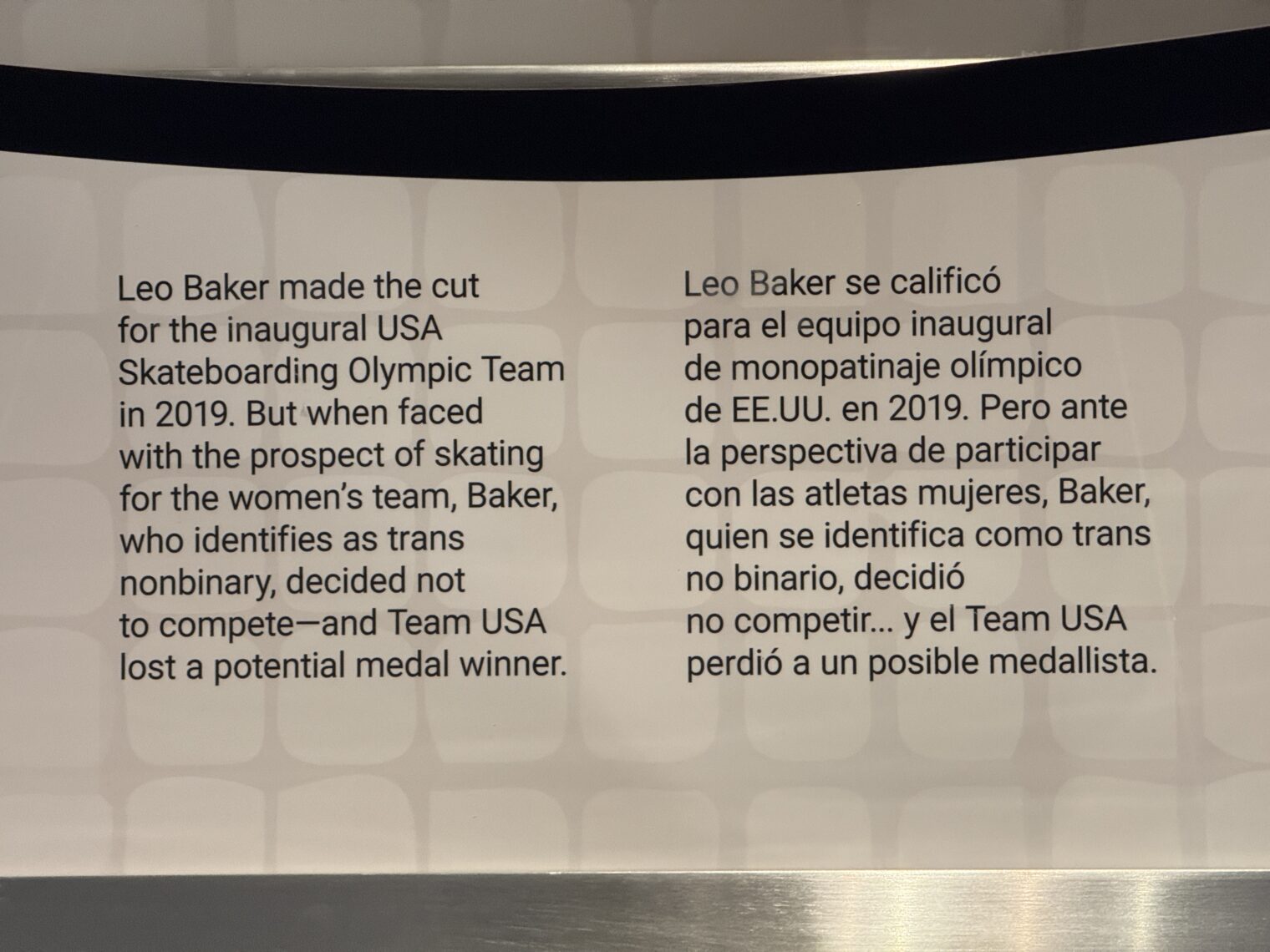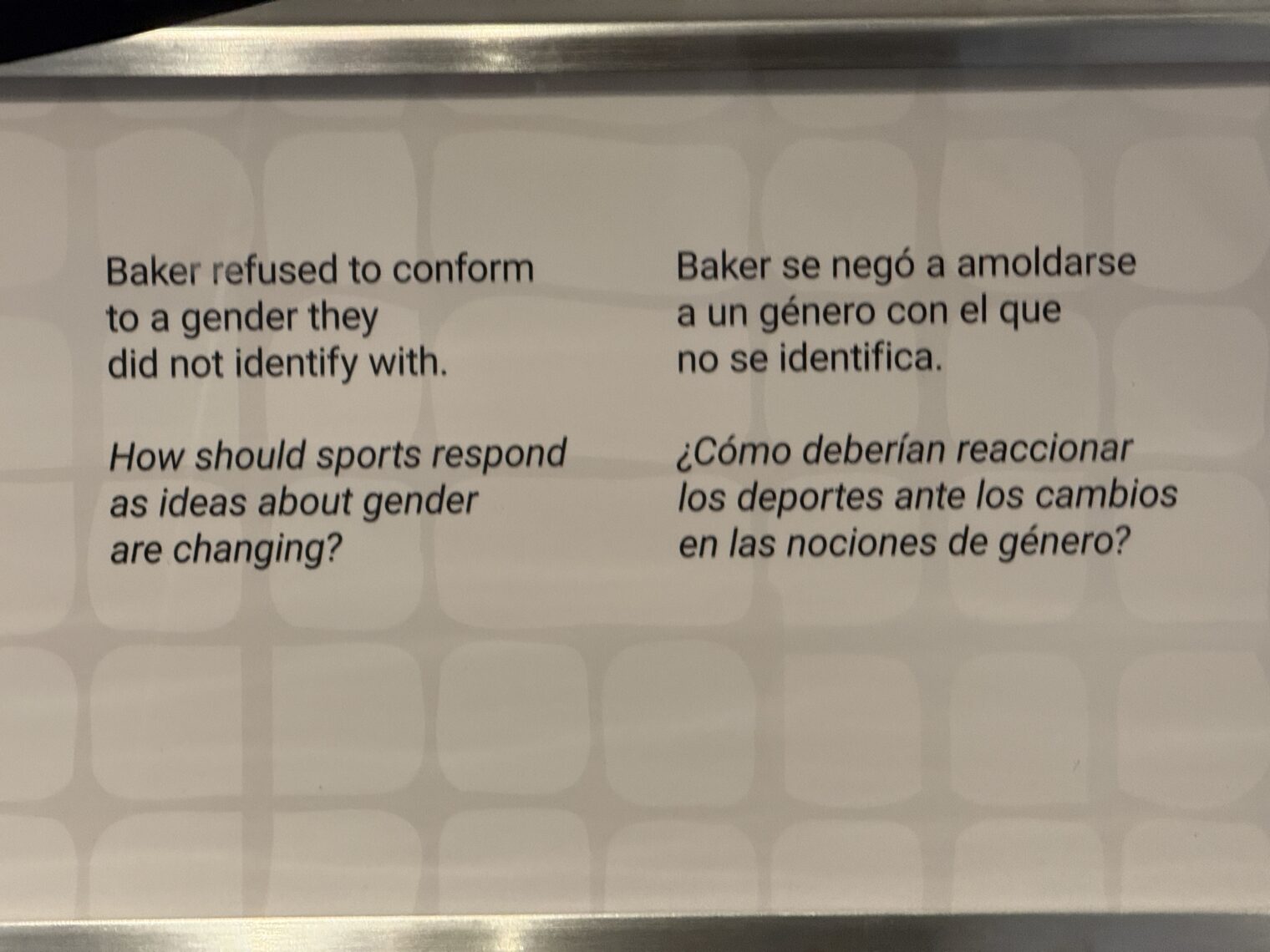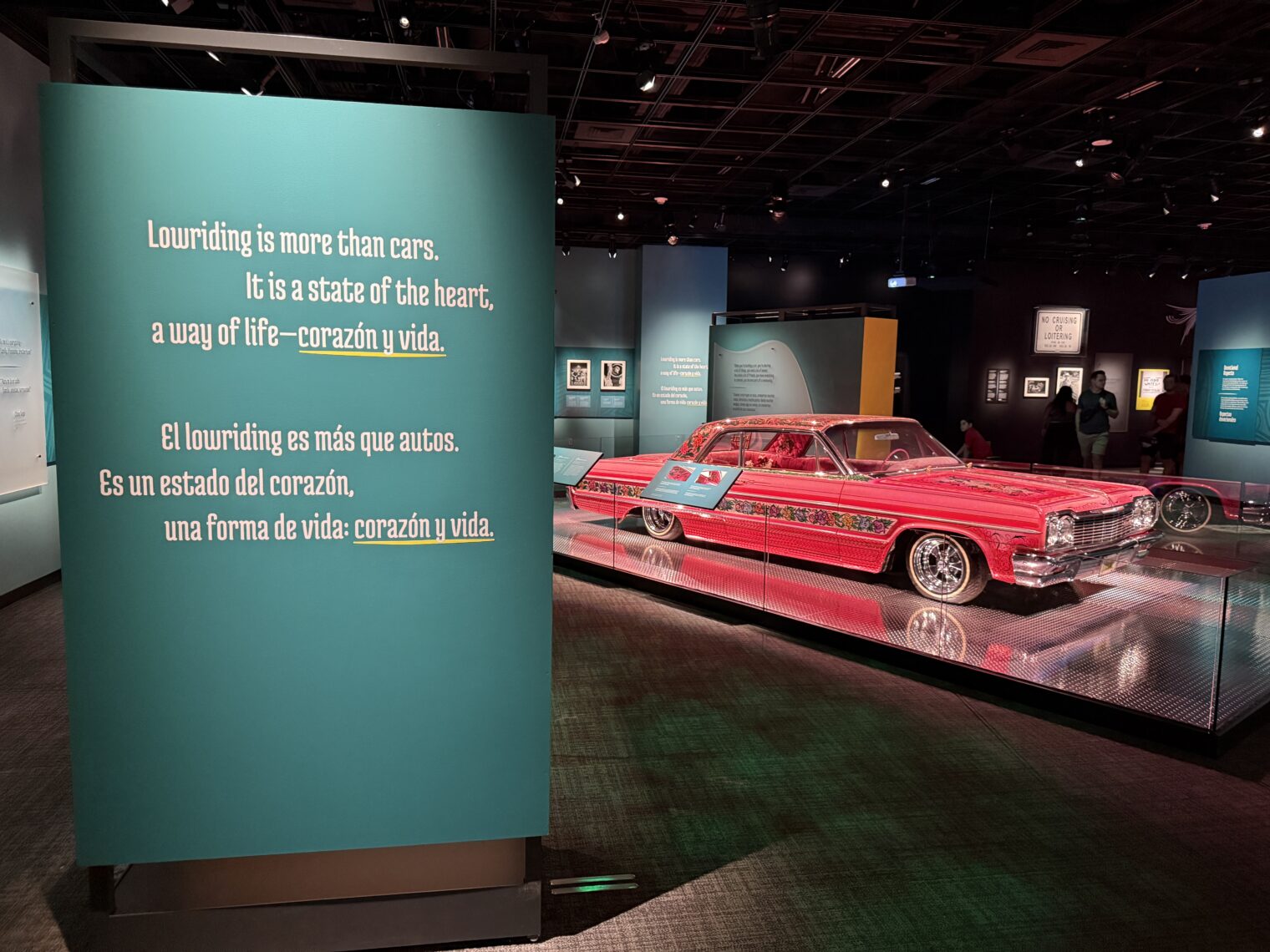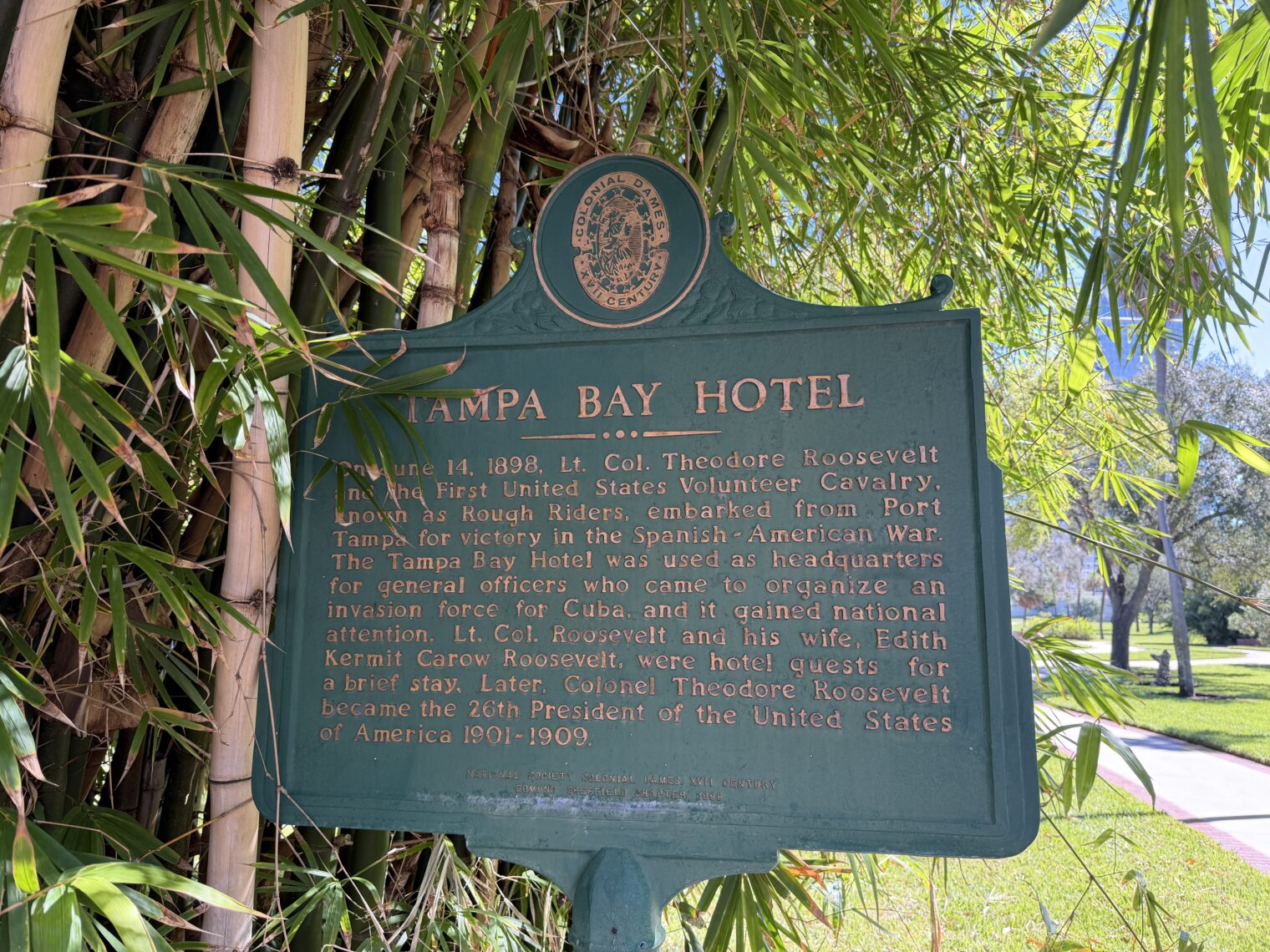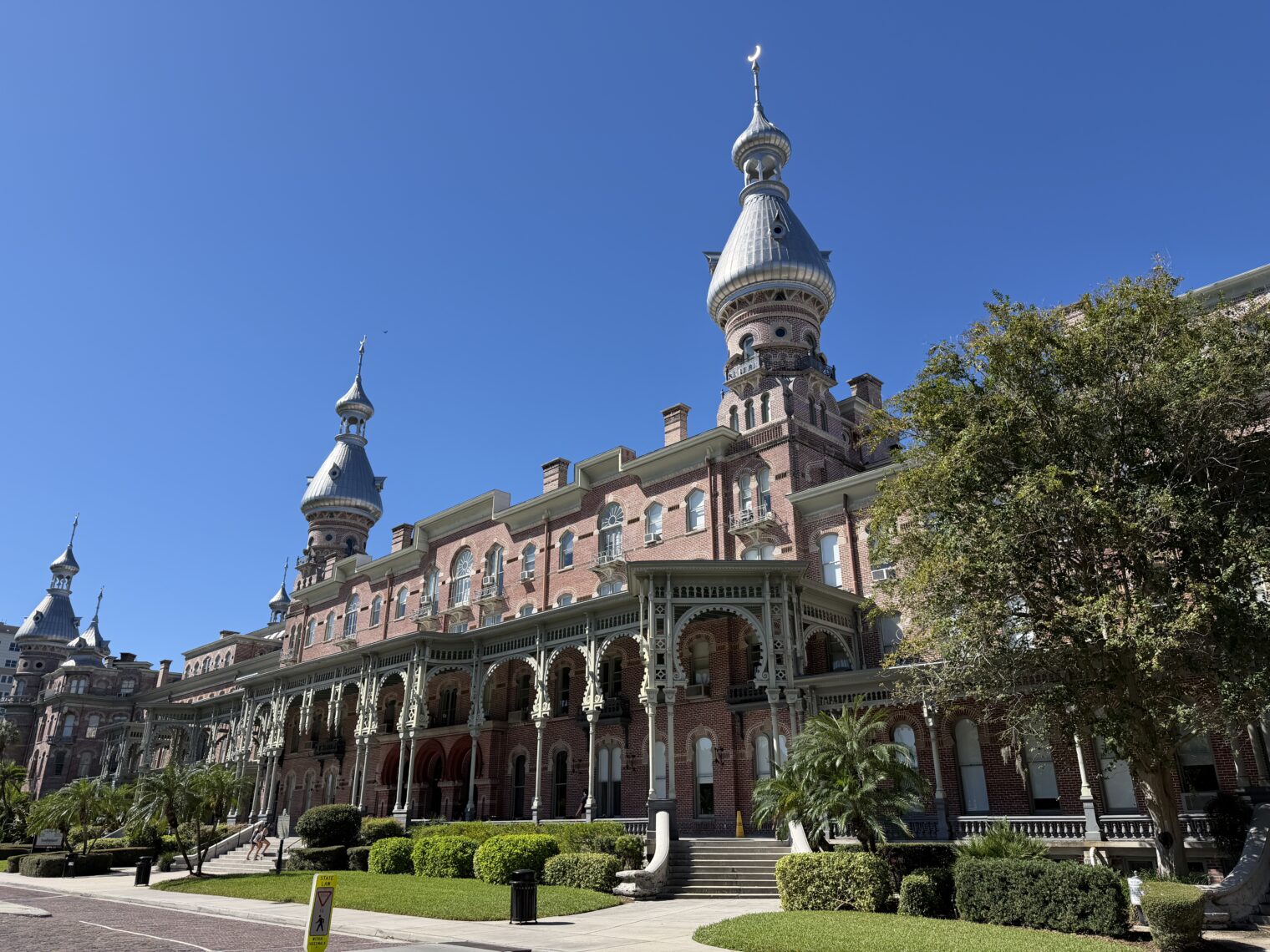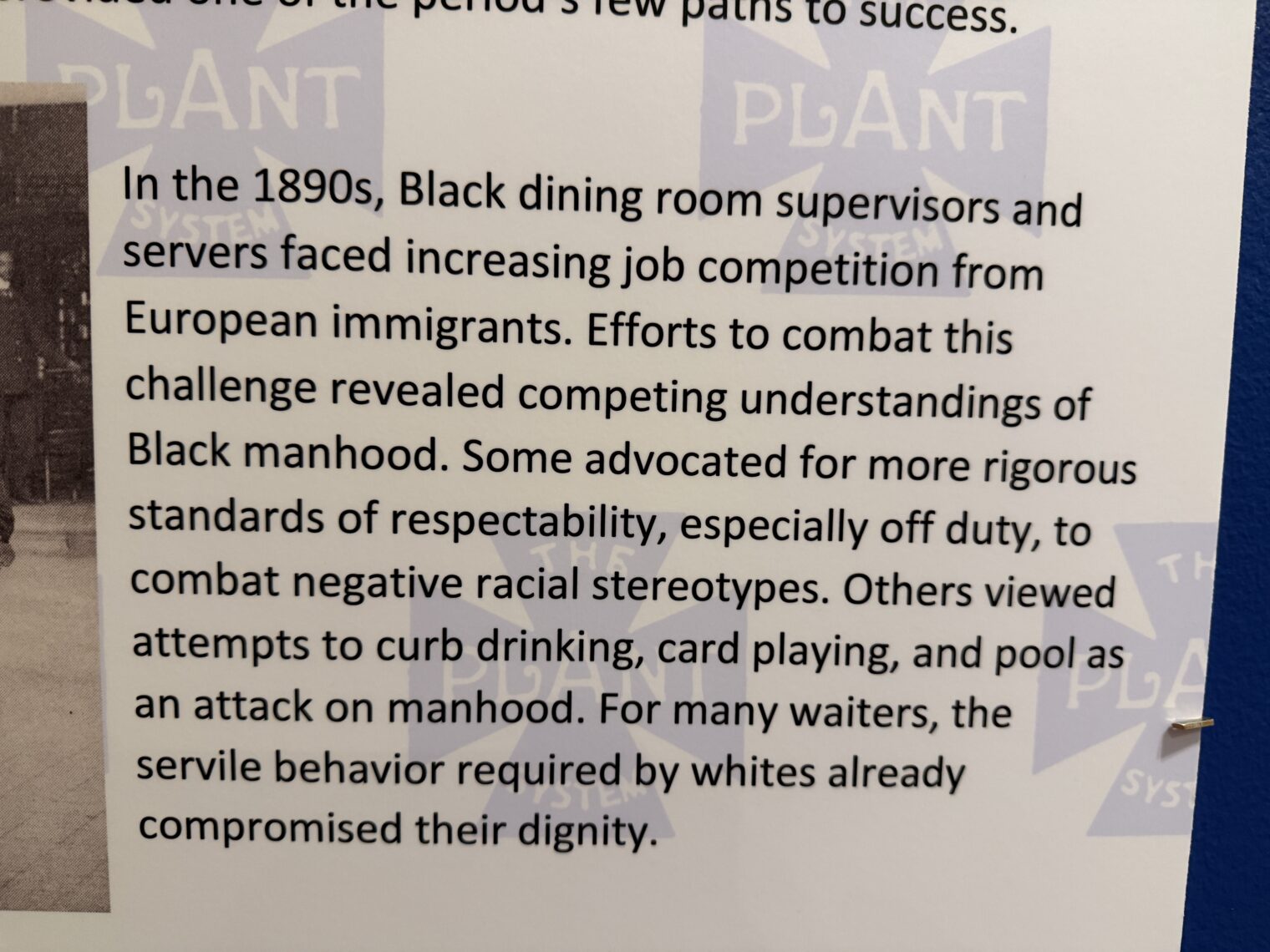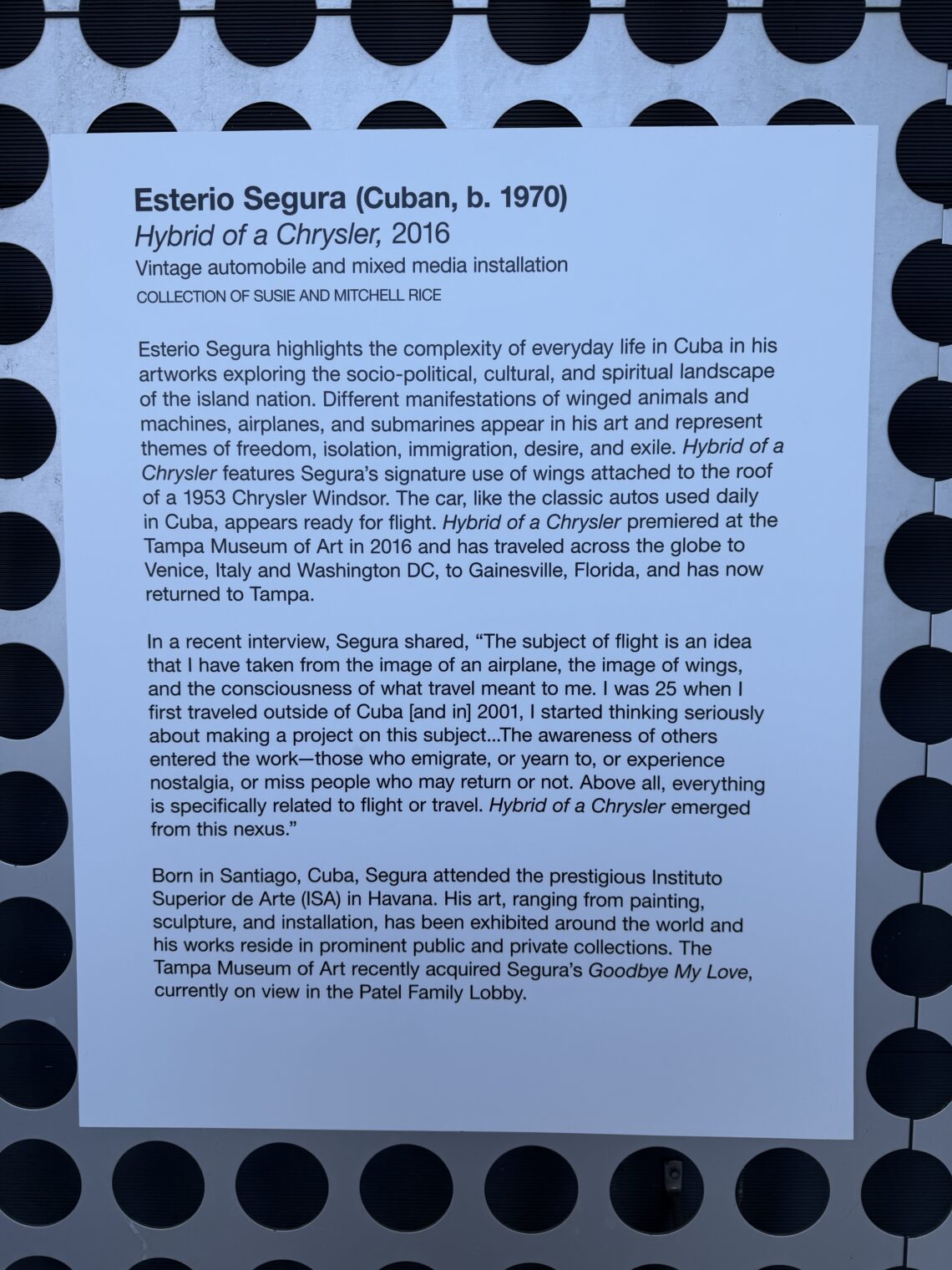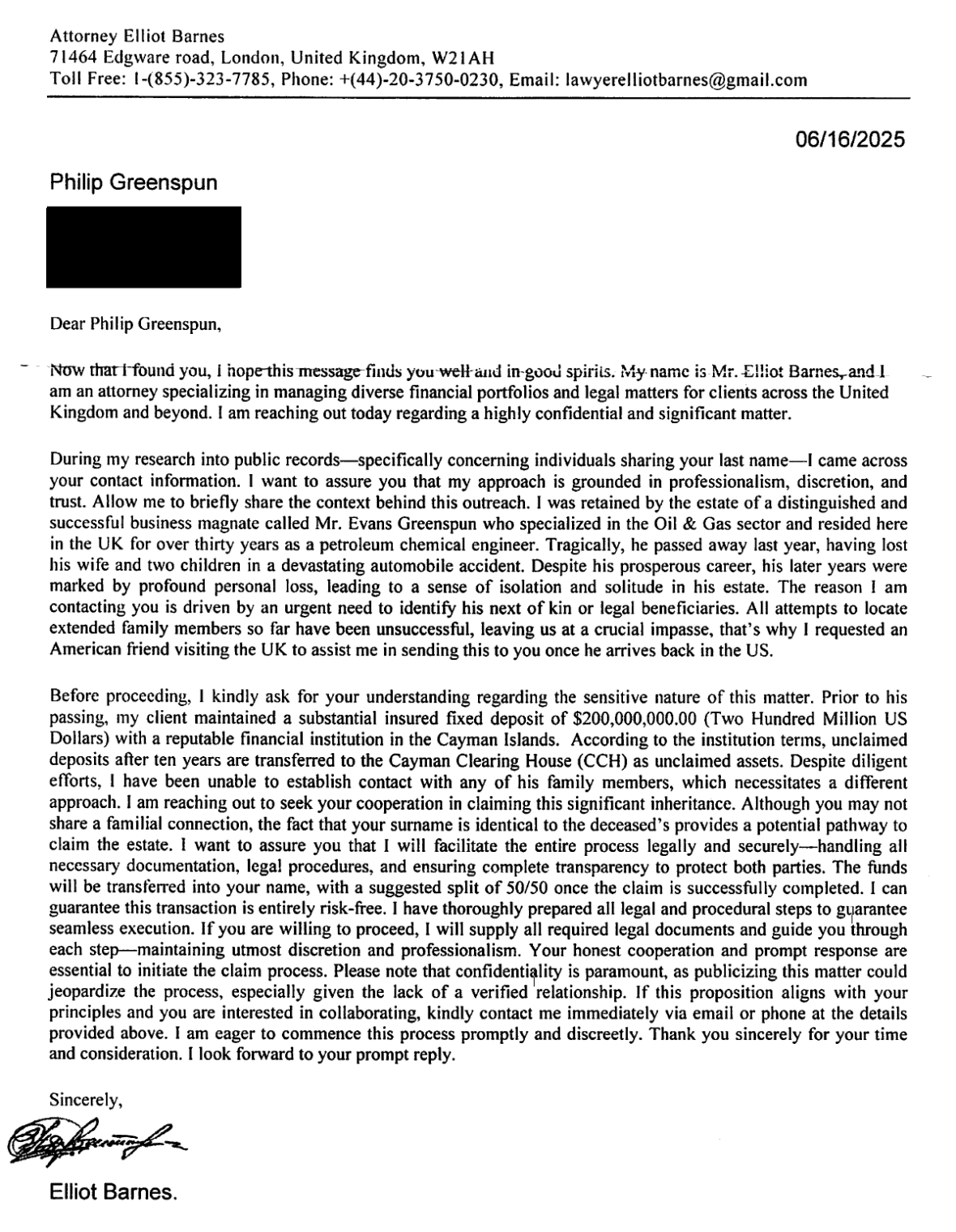Minivan news for the 2026 model year
Let’s check in with minivans for 2026 as it is long past time for us to retire our faithful 2021 Odyssey. For readers who worship at the Church of the Sliding Doors I will be grateful to get your advice. Nearly all of the driving will happen in Florida, a state with average gasoline prices (about $3/gallon most of the time in recent years). We expect to drive 10,000 miles per year and, therefore, would burn up $1500/year of gasoline at 20 mpg. Unlimited electric car charging at home is $31/month from Florida Power and Light, but it would be a bit cumbersome because we don’t park our minivan in the garage.
2026 Honda Odyssey: Exactly the same as the 2025 Honda Odyssey, which was almost exactly the same as the 2018 Honda Odyssey. Honda imposed a slight price increase in nominal dollars, which might translate to a slight price reduction in real dollars (adjusted for inflation). If Greta Thunberg hadn’t switched to pro-Hamas advocacy she would shed tears for the continued lack of a hybrid powertrain (admittedly the Toyota Sienna’s feels strained; see Toyota Sienna vs Honda Odyssey).
2026 Toyota Sienna: Would be tough to distinguish from the 2020 original. No improvements for 2026. Not as sporty or nimble as the Odyssey, but the dark green color matches much of the foliage in our neighborhood nicely and the optional captain’s chairs in the middle row would likely appeal to our spoiled kids (reduces seating capacity from 8 to 7). Hybrid powertrain approved by pre-Hamas-Edition-Greta Thunberg. Like seafaring blockade-running Greta, the Sienna isn’t afraid of danger. It comes with Toyota Safety Sense 2.0, an obsolete suite of feeble tech assistance from 2018. TSS 2.0 was superseded by TSS 2.5 (2021 Camry) and then by TSS 3.0 (2023 Corolla; 2025 Camry), but Sienna buyers are doomed to live in 2018.
2026 Chrysler Pacifica: Maybe the oldest platform in the group, dating to the 2017 model year? Zero improvements for 2026. The only plug-in hybrid minivan.
2026 Kia Carnival: minimal changes to this supposedly great 2020 minivan that is styled like an SUV (why not just get a Chevy Tahoe if the SUV image is desired?).
A heartbreaking time, in other words, for those of us who appreciate the genius of Lee Iacocca (first-generation Chrysler minivan below, introduced for 1984):
The Nazi-free all-electric minivan introduced to the U.S. in 2025 turned out to be an epic failure. “How Volkswagen’s Electric Bus Went From American Flagship to Flop” (WSJ):
The German auto giant was bringing back the bus as an electric vehicle, albeit one with a boxy design and two-tone paint job reminiscent of the original. The reboot was more than two decades in the making, and the company said the vehicle would soon be available in the U.S.
In the 1960s, the bus and the Beetle helped Volkswagen enjoy rapid growth. U.S. sales peaked at almost 570,000 in 1970, more than a third of the brand’s global total. At the time, the van was priced at the equivalent of around $20,000, less expensive than most cars.
With a battery range of less than 250 miles per charge, the ID.Buzz doesn’t compare favorably with other new EVs. The German-led design also failed to account for some uniquely American tastes: It often needs to be fitted with extra cupholders at U.S. ports.
The commercial-vehicle business is also based at a plant in Hanover that is among the company’s most expensive. The labor cost of producing a vehicle in Germany was roughly $3,307 last year, compared with $1,341 in the U.S., according to a recent report by consultants at Oliver Wyman.
When Diess showed an ID.Buzz prototype in 2017, he promised EVs that would be “affordable for millions, not just to millionaires.” The company prepared its Hanover factory to produce up to 130,000 units a year, and executives hinted that they could in time manufacture it in the U.S. as well.
Only around 30,000 units were sold last year, hurt in Europe by key markets including Germany and Sweden rolling back EV subsidies.
In April, the National Highway Traffic Safety Administration warned that the vehicle showed the international brake-warning sign in amber rather than the word “brake” in red capital letters, which is the requirement in the U.S. A few weeks later, the body said the third-row seat was too wide because it could accommodate three people even though it only had two seat belts. The company is fitting plastic parts to cover the sides of the seats in the roughly 5,600 vehicles affected.
Floridians love exotic new cars and yet I’ve seen only a handful of ID. Buzz minivans in the wild down here. One mom at a school event said that she loved hers, but noted that the range was short (officially 230 miles; Car and Driver highway test: 190 miles) and access to Tesla superchargers was “coming soon”. The exterior was snazzy while the interior looked like it had recently been the site of a birthday party, with lots of cake and snacks, for 17 preschoolers.
For those who can stomach the Nazi heritage, a Tesla minivan with FSD could be awesome!
(Is Tesla currently suffering from Osborne effect? They told all of their customers 1.5 years ago that HW4 is too feeble for self-driving and that HW5 has 5X the mental power (i.e., HW5 is like a Democrat from California with a Gender Science degree while HW4 is like a Red State HVAC tech) and that HW4 cars can’t be upgraded to HW5. Tesla said in June 2024 that HW5 would be delivered to consumers in January 2026, but now it looks like HW5 will show up in 2027.)
I hate to keep driving our venerable 2021 Odyssey with over 50,000 miles on the odometer, but I can’t see the value in switching to any of the above. People in Florida are careful about opening their doors so we have no door dings. Florida curbs are lovingly molded from concrete instead of being made from rough-hewn granite as in Maskachusetts. Therefore, we have no wheel rash. Since we don’t garage the car, however, I fear that the sun is taking its toll on the paint and interior and soon we will be getting notes from the G-Wagon-owning neighbors asking if we’re in financial distress. A few photos from the local strip malls just in the last week (an alien might infer from our parking lots that humans come in radically different sizes, which is why some can get around in small toys such as the Lambo while others need massive SUVs and pickup trucks):




One funny thing about our current Odyssey that I would miss: on a two-lane local road, it reads a sign about the Brightline train potentially exceeding 100 mph as a “speed limit is 100 mph” indication.
Full post, including comments







